761982
Dibenzocyclooctyne-PEG4-alcohol
for Copper-free Click Chemistry
Synonym(e):
Polyethylene glycol, DBCO-PEG4-OH
About This Item
Empfohlene Produkte
Qualitätsniveau
Form
solid
Eignung der Reaktion
reaction type: click chemistry
reagent type: linker
mp (Schmelzpunkt)
50-60 °C
Funktionelle Gruppe
hydroxyl
Lagertemp.
−20°C
SMILES String
O=C(CCCCC(NCCOCCOCCOCCOCCO)=O)N1CC2=C(C=CC=C2)C#CC3=C1C=CC=C3
InChI
1S/C29H36N2O6/c32-16-18-36-20-22-37-21-19-35-17-15-30-28(33)11-5-6-12-29(34)31-23-26-9-2-1-7-24(26)13-14-25-8-3-4-10-27(25)31/h1-4,7-10,32H,5-6,11-12,15-23H2,(H,30,33)
InChIKey
ZZXWONCQAFVJHM-UHFFFAOYSA-N
Anwendung
Lagerklassenschlüssel
11 - Combustible Solids
WGK
WGK 3
Flammpunkt (°F)
Not applicable
Flammpunkt (°C)
Not applicable
Hier finden Sie alle aktuellen Versionen:
Besitzen Sie dieses Produkt bereits?
In der Dokumentenbibliothek finden Sie die Dokumentation zu den Produkten, die Sie kürzlich erworben haben.
Kunden haben sich ebenfalls angesehen
Artikel
Copper-free click chemistry is an alternative approach to click chemistry that proceeds at a lower activation barrier and is free of cytotoxic transition metal catalysts.
Unser Team von Wissenschaftlern verfügt über Erfahrung in allen Forschungsbereichen einschließlich Life Science, Materialwissenschaften, chemischer Synthese, Chromatographie, Analytik und vielen mehr..
Setzen Sie sich mit dem technischen Dienst in Verbindung.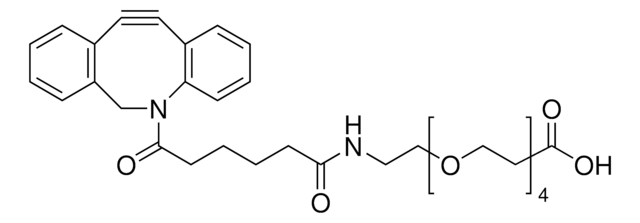
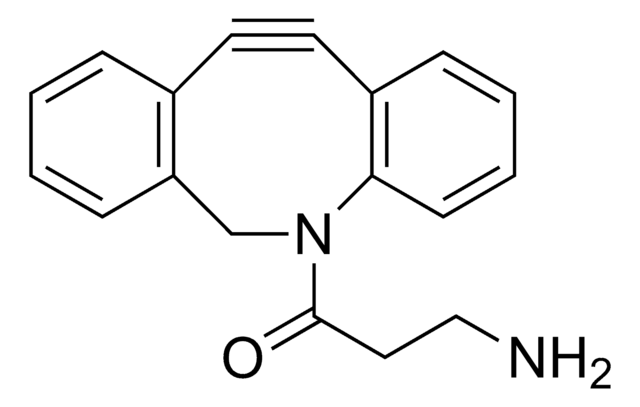


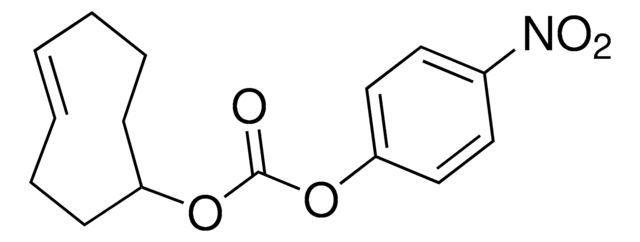

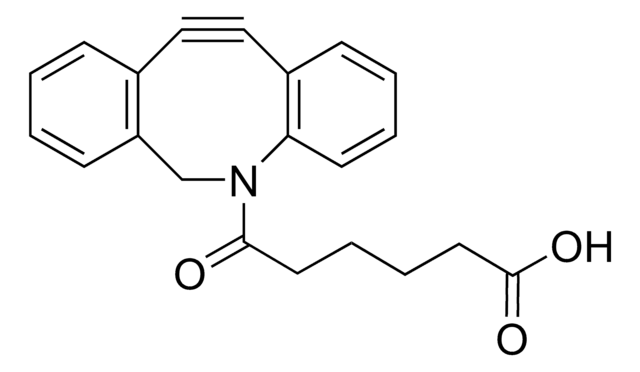

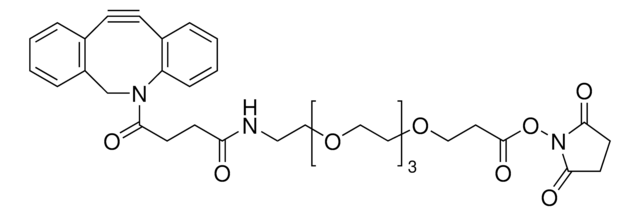
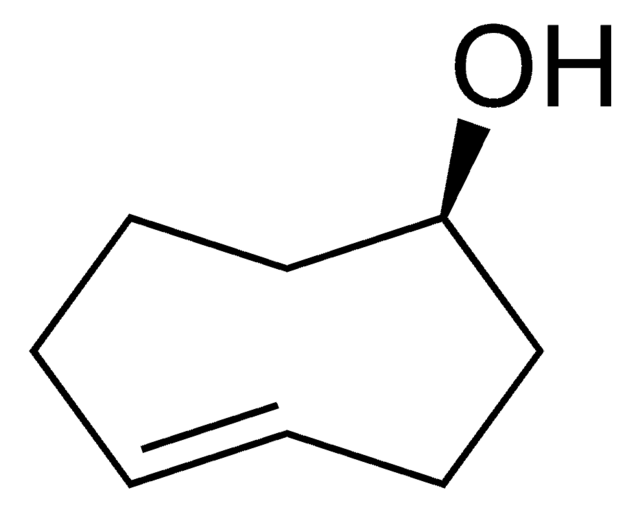
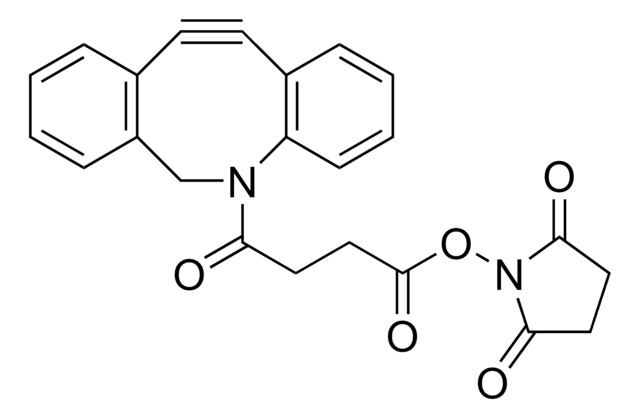
![N-[(1R,8S,9s)-Bicyclo[6.1.0]non-4-in-9-ylmethyloxycarbonyl]-1,8-diamino-3,6-dioxaoctan for Copper-free Click Chemistry](/deepweb/assets/sigmaaldrich/product/structures/294/853/c5e47d84-5aee-4797-aa24-604f291171cc/640/c5e47d84-5aee-4797-aa24-604f291171cc.png)


![(1R,8S,9s)-Bicyclo[6.1.0]non-4-in-9-yl-methanol for Copper-free Click Chemistry](/deepweb/assets/sigmaaldrich/product/structures/171/632/0556139a-2db5-4678-a6ec-a26a693fd574/640/0556139a-2db5-4678-a6ec-a26a693fd574.png)


